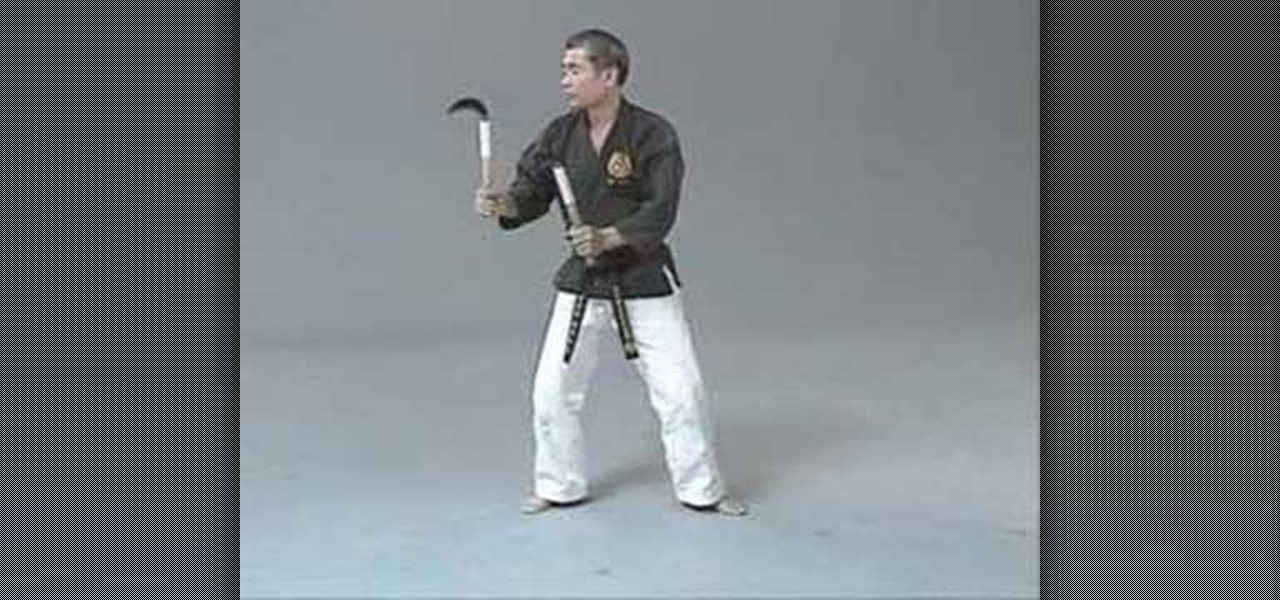
How To: Perform kama kata
This video breaks down the kata, or form, utilizing the kama, the okinawan sickle. The second video gives an analysis (bunkai) of the kata. An excellent series that makes it easy to learn from.


This video breaks down the kata, or form, utilizing the kama, the okinawan sickle. The second video gives an analysis (bunkai) of the kata. An excellent series that makes it easy to learn from.

Nunti kata dai is the second kata, or form, using the nunti. This tutorial is a great breakdown and explaination of how to do execute this kata.

Hojo-undo are tonfa moves that fall between basic and kata in difficulty. You must learn these before using in combination to perform the kata.
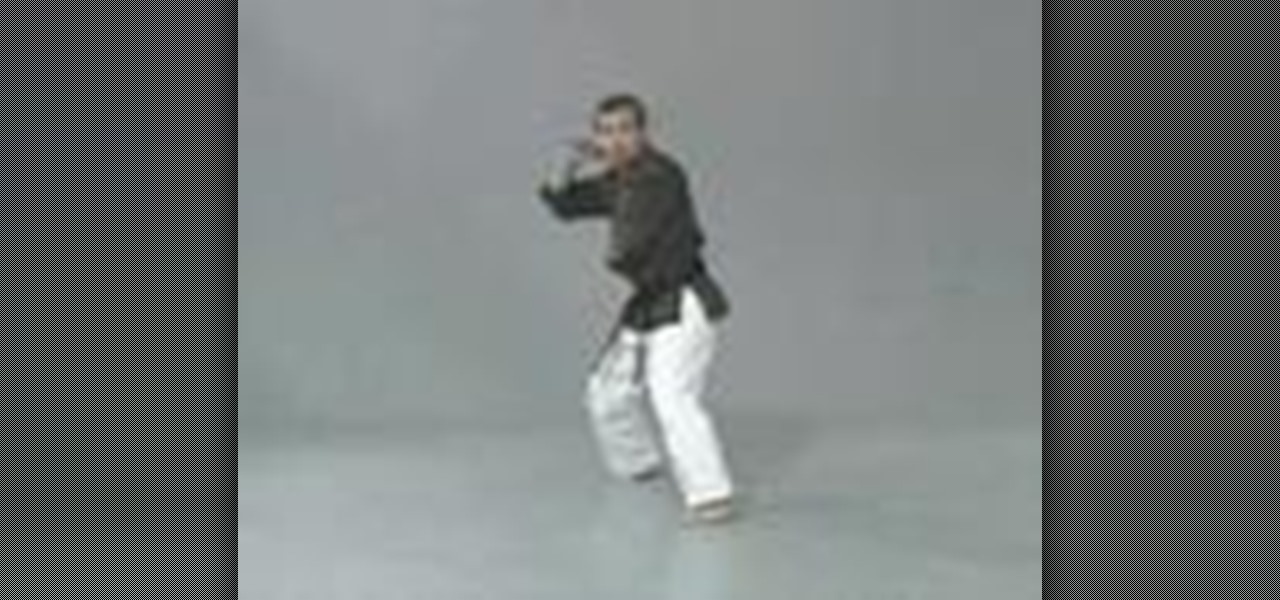
Seibu nunchaku is the second nunchaku kata, so we have to learn the first one before going onto this one. Thankfully, both are covered in this video.
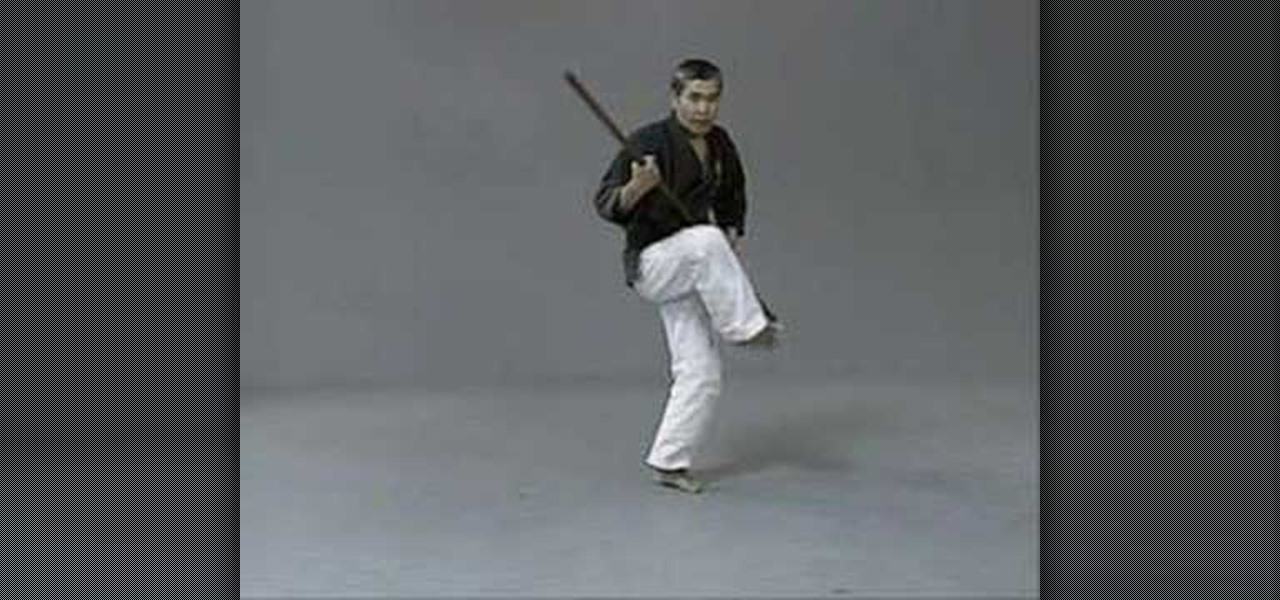
This video is a step-by-step analysis of each of the moves of the first bo kata, shu shi no kon, including what attack you are blocking and striking point on the opponent. A great way to learn these moves.
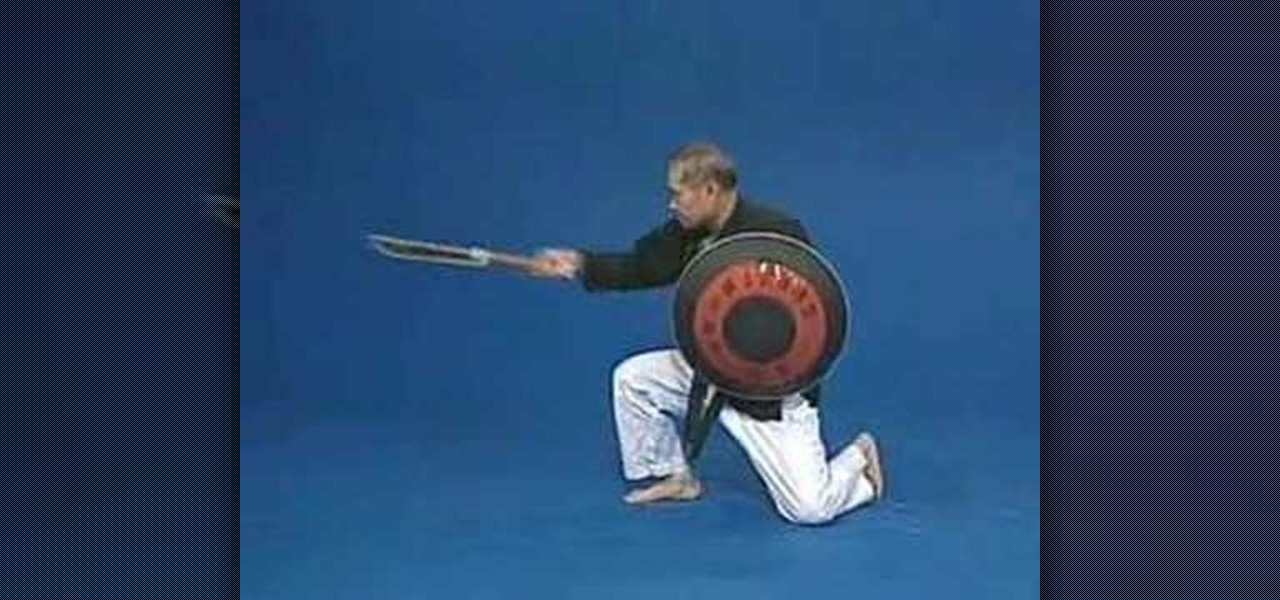
This video shows you how to perform timbei kata and gives an analysis (bunkai) of the timbei and rochin.

This video shows you how to perform the full kata using the kuwa (hoe) as a weapon, a technique primarily developed in Okinawa.

This is the full form, or kata, for the tonfa, which means you should already have practice with the hojo-undo, or basic moves.
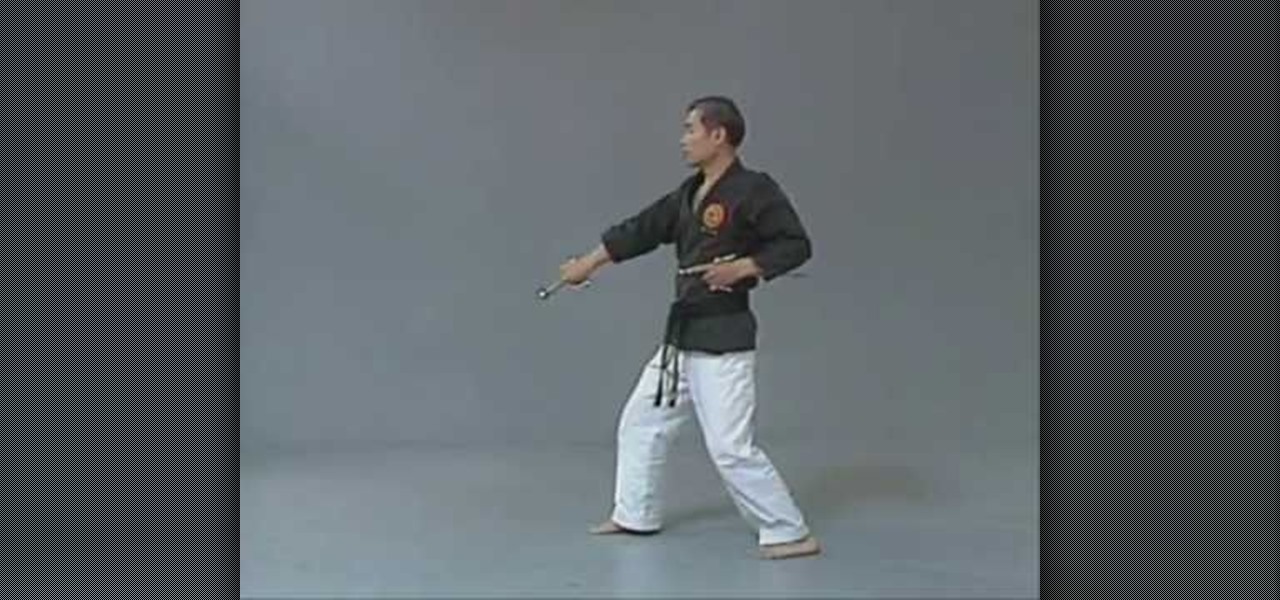
This tutorial goes over how to perform ni-cho zai. This kata utilizes 2 zai (sais), and the video includes the bunkai, or step-by-step analysis.
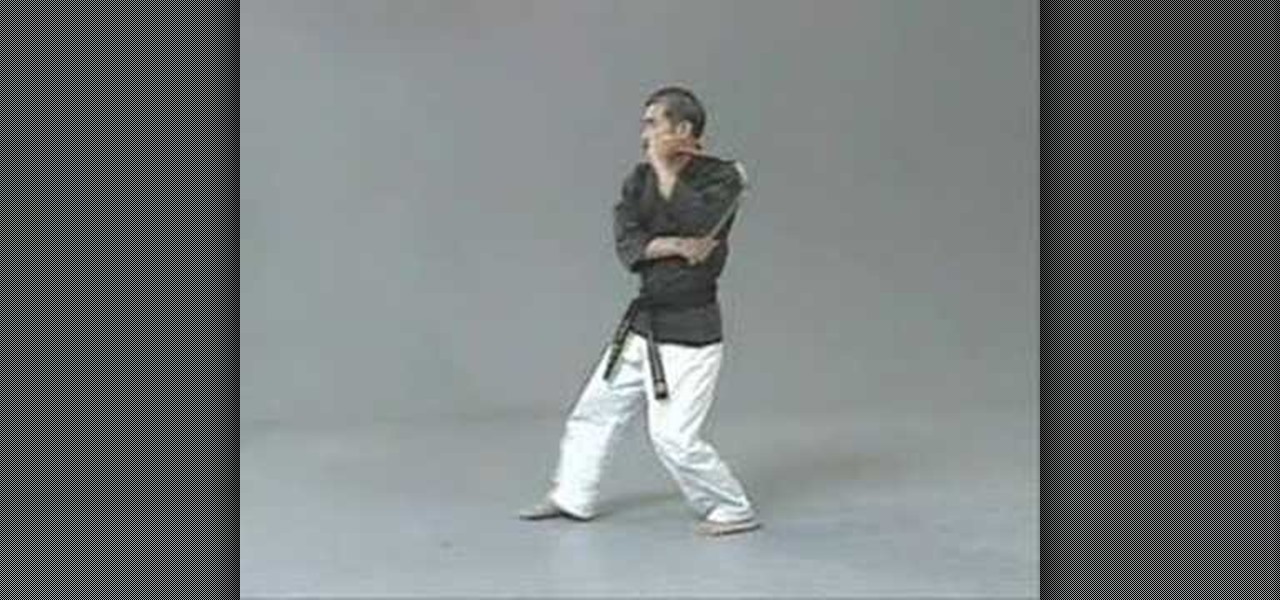
Ko-Bu Nunchaku is the first nunchaku kata you learn in Okinawan Kobudo. See how it is done in this tutorial.

San-cho zai is kata with three sai. This two part video shows you how to perform san-cho zai and then gives a more detailed explaination or analysis (called bunkai).

The basic moves, or hojo-undo, using the nunti - you need to master these before attempting the kata.

Tsuken no kon is the fourth kata, or form using the bo. This video breaks down each step clearly and makes it easy to learn.

Saku-gawa no kon is the third kata (or form) using the bo. This video teaches you how to properly execute it.

This video gives an analysis of second bo kata, cho un no kon and shows you how it is executed.
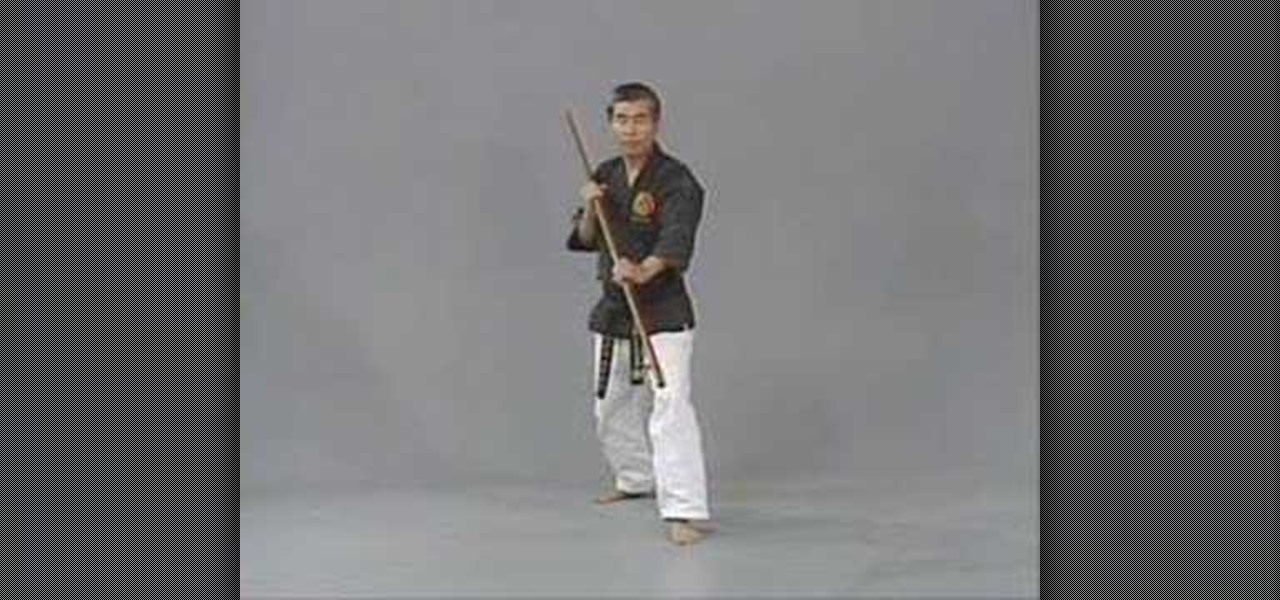
Cho un no kon is the second kata (or form) using the bo. This video teaches you how to do it.

This video gives an analysis of strikes and blocks from the more advanced hojo-undo (but still the basics prior to a kata).
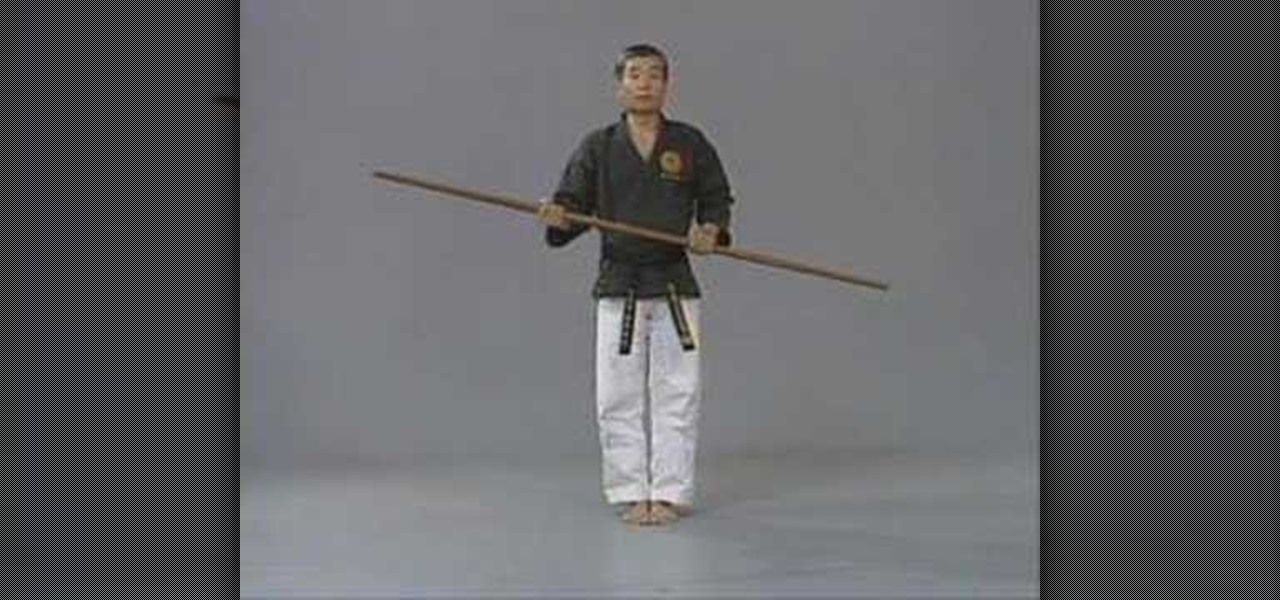
Bo subsidiary exercises are known as hojo-undo group 4, these are combination or more advanced moves, but still the basics used to create a kata.

This tutorial shows you how to perform the first bo kata (form): Shu shi no kon.

Learn how to defend yourself using the Ku No Kata technique.

You can learn how to do gankaku. Karate kata is demonstrated. This type of martial arts requires great concentration and balance.
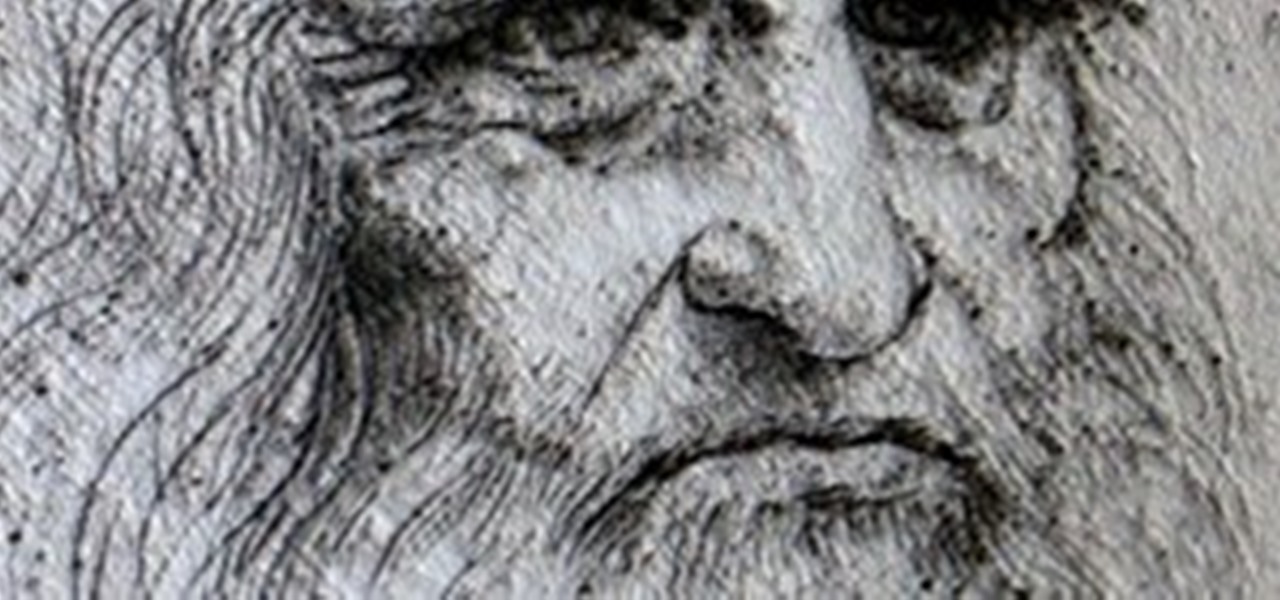
"Simplicity is the ultimate sophistication." -Leonardo da VinciLearning a kata requires that you go through several stages. First you have to learn the basic pattern and the techniques. Then you have to perfect what you've learned. Then you have to deconstruct what you've learned and perfected in order to truly understand what the kata is teaching you vis a vis close quarter engagement.

Beauty and The Beast
I've been frequenting this website I recently found out about called Codewars.com. It's pretty neat! In order to sign up, you need to pass a few simple coding tests and then you can start taking on the challenges, which they call kata. Basically, you are given a task and have to write a function that completes the given task and have to test it out on a bunch of test cases they give you. Once you pass the test cases, you can submit it and gain reputation points. It seems like a really good wa...
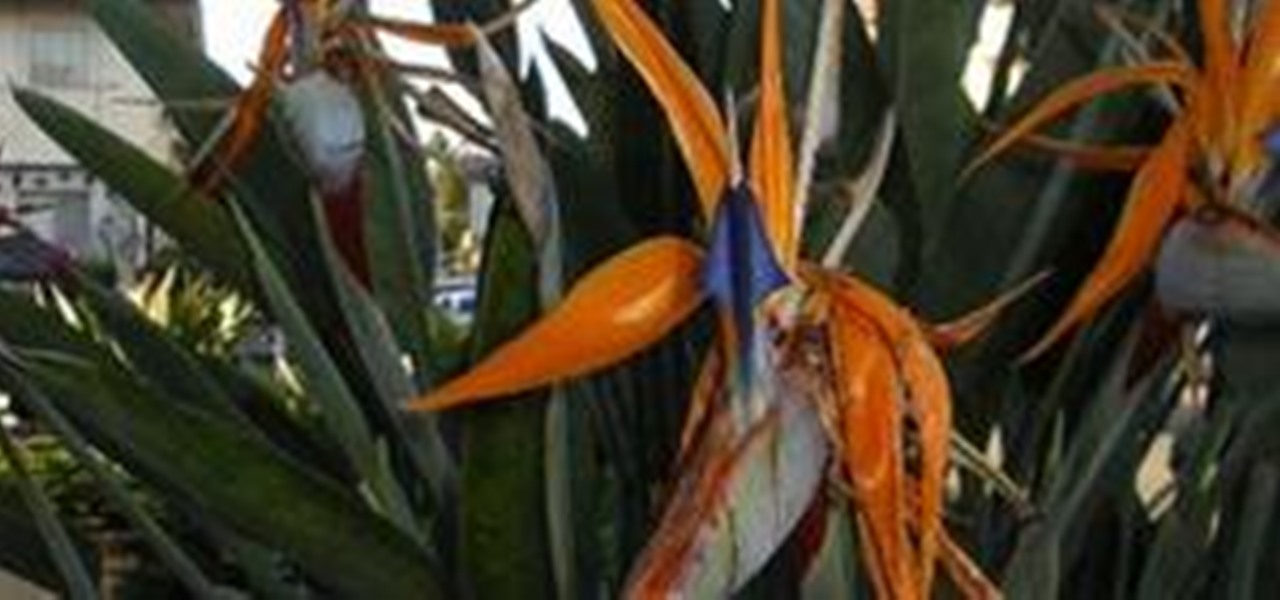
Take It On

Life has always been complex and challenging. The challenges today are just different than what they were in the past. Nowadays instead of hunting and scavaging for food and living in the elements we’re bombarded with suggestions and demands from our highly sophisticated societies. How is it possible to find harmony amidst what are often contradictory messages?!

Nana korobi ya oki (resilience, unflagging effort) is the core belief of Seido Karate. It assumes that life is challenging and that we sometimes fall, unable to meet the challenge. Still we get up, undaunted, embracing our own spirit, our own capacity to prevail. The alternative, to stagnate or dwindle in spirit and action, is simply unacceptable.
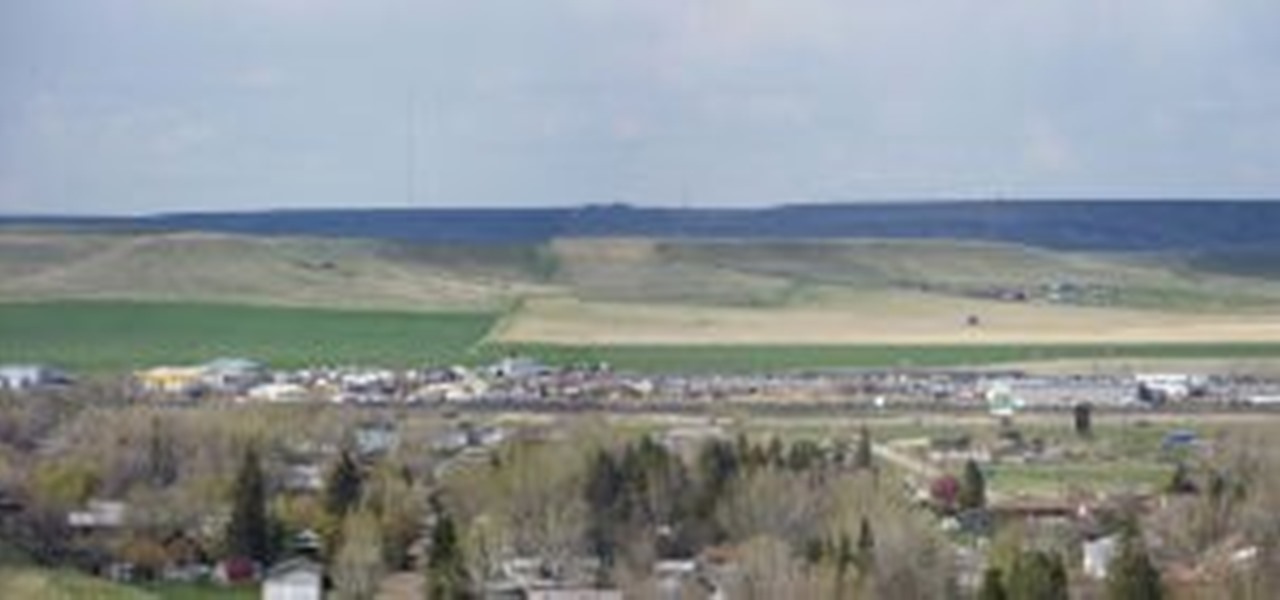
Type: Film and digital Panorama Theme: Panorama
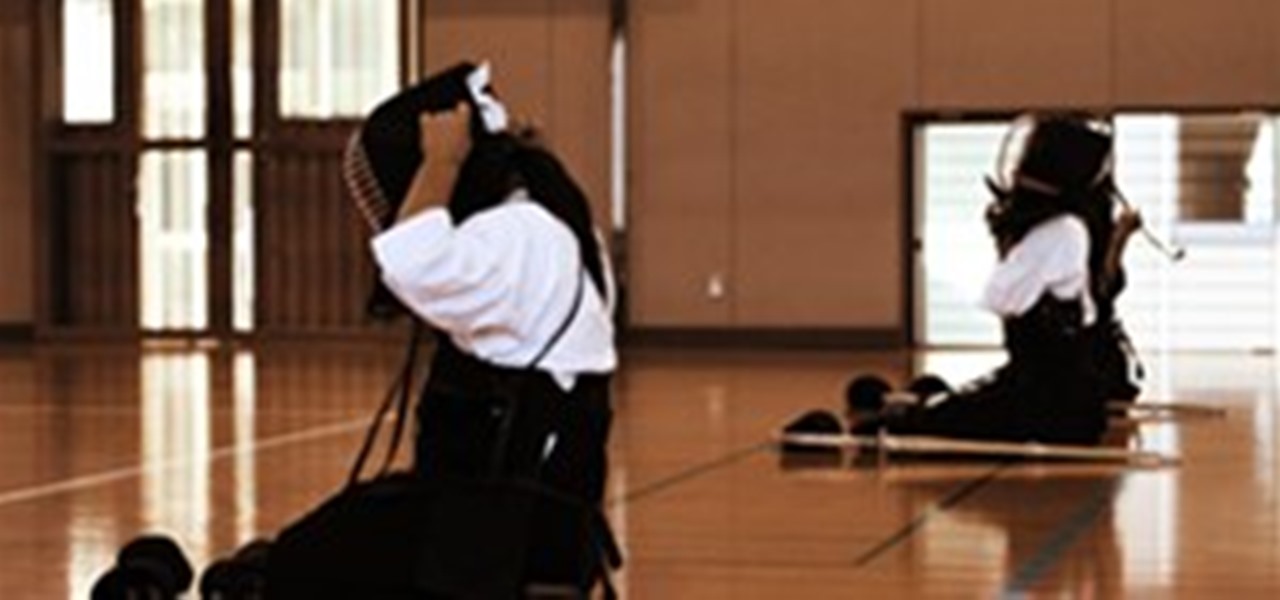
We are embarking upon a new year. As usual, some of us will make "resolutions." There isn't anything wrong with setting goals for the year. It's actually a good idea. It may help focus the energy we bring to life.